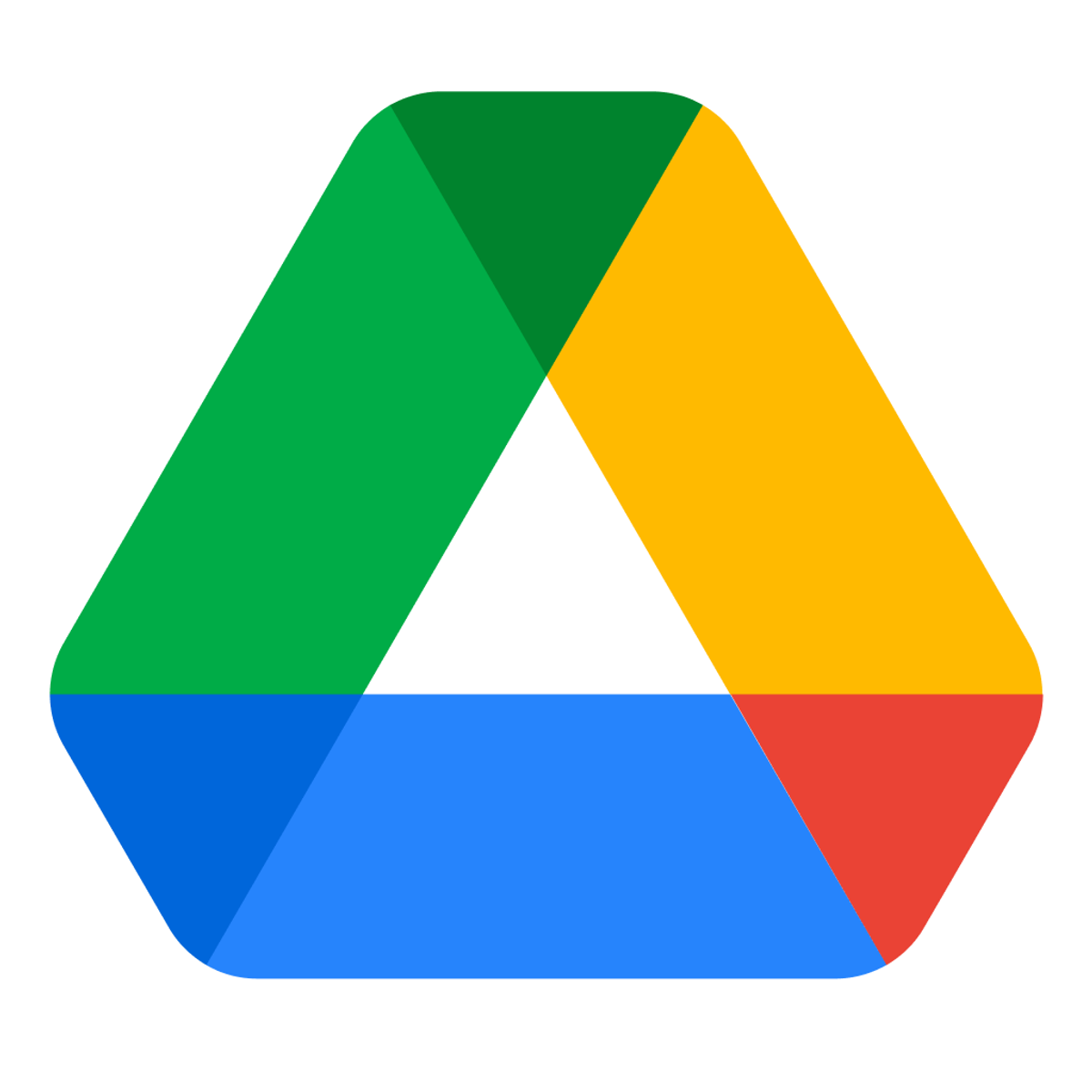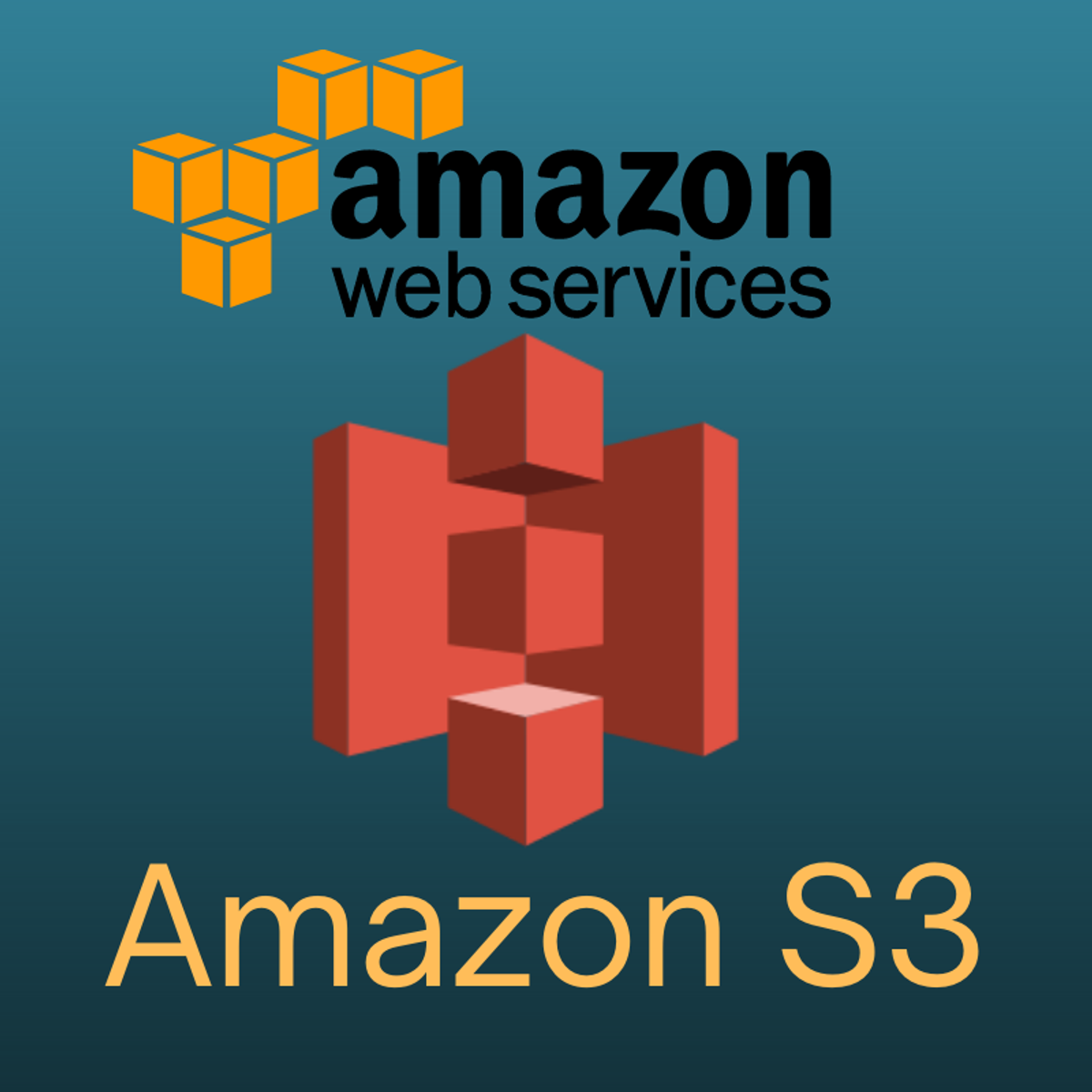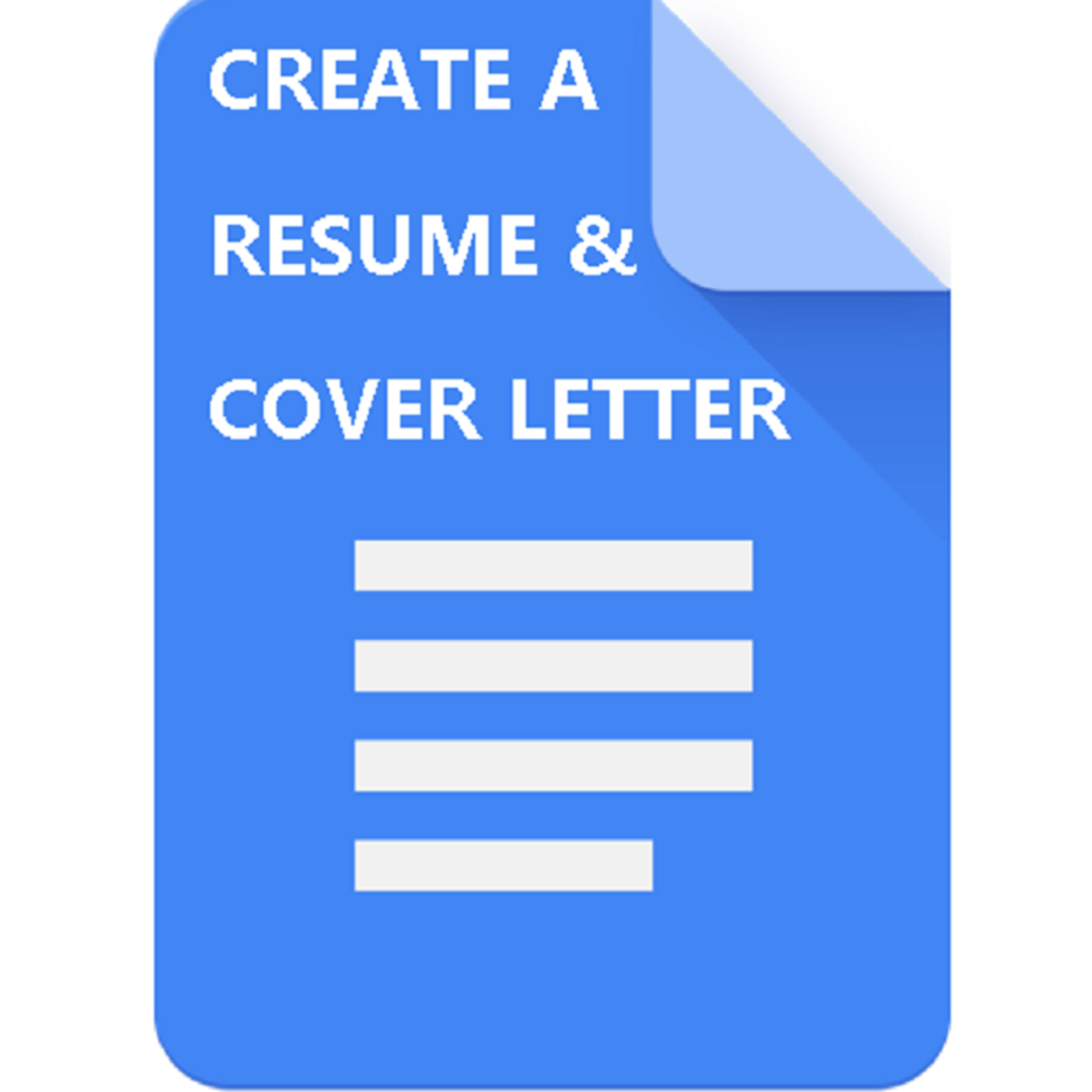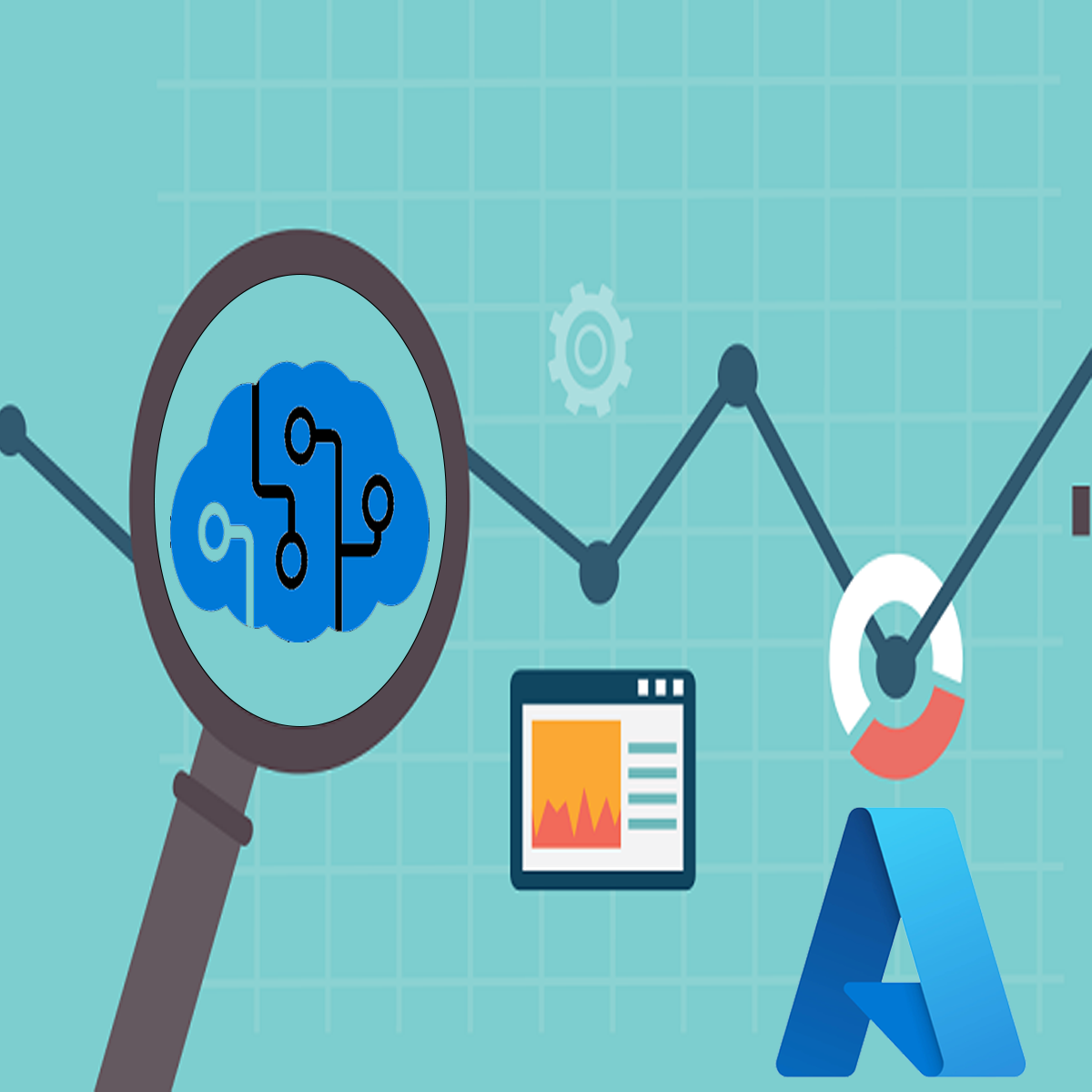Back to Courses









Information Technology Courses - Page 61
Showing results 601-610 of 1471

Cloud Functions: Qwik Start - Console
This is a self-paced lab that takes place in the Google Cloud console. This hands-on lab shows you how to create and deploy a Cloud Function using the Cloud Platform Console. Watch the short video Connect & Extend GCP Services with Google Cloud Functions.
Google Drive
Google Drive is Google’s cloud-based file storage service. Google Drive lets you keep all your work in one place, view different file formats without the need for additional software, and access your files from any device.
In this course, you will learn how to navigate your Google Drive. You will learn how to upload files and folders and how to work across file types. You will also learn how you can easily view, arrange, organize, modify, and remove files in Google Drive.
Google Drive includes shared drives. You can use shared drives to store, search, and access files with a team. You will learn how to create a new shared drive, add and manage members, and manage the shared drive content.
Google Workspace is synonymous with collaboration and sharing. You will explore the sharing options available to you in Google Drive, and you will learn about the various collaborator roles and permissions that can be assigned.
You’ll also explore ways to ensure consistency and save time with templates.
Google Drive has several tools and options available. This course discusses some of these options, including how to work offline, use Drive File Stream, and install apps from the Google Workspace Marketplace.

AWS S3 Basics
In this 1-hour long project-based course, you will learn about AWS S3 and its features like Encryption, Versioning, Static Website Hosting and Life cycle management. S3 stands for Simple Storage Service, it is a object-based storage service which AWS provides. S3 can also be used to host a static website. By the end of this project you will create S3 bucket and will be able upload content to the bucket. You will also enable Encryption, Versioning for S3 Bucket, Static website hosting and will create Lifecycle management rule for objects in S3 Bucket. After completing this training you will have good understanding of about AWS S3 and its features.
Please note: You will need an AWS account to complete this project. All the resources used in this project come under AWS free-tier.

Create a Resume and Cover Letter with Google Docs
In this project, you will create your very own resume and cover letter from start to finish. You will utilize the Google Docs application in a Google Chrome web browser to find readily available templates. We will first review the basic parts of a resume and fill in your own personal information related to contact information, personal summary, work experience, education, and any additional information. We will also review what it takes to create a great cover letter and fill it in with your own words. As we create these documents you will get to learn many ways to customize text format, styles, bulleted lists, and even add a signature to your cover letter. Lastly, we will cover how to print the document and save it to a file such as a PDF so these documents can be shared to your next potential new employer.
Note: This course works best for learners who are based in the North America region. We’re currently working on providing the same experience in other regions.

Google Cloud Pub/Sub: Qwik Start - Command Line
This is a self-paced lab that takes place in the Google Cloud console.
This hands-on lab shows you how to publish and consume messages with a pull subscriber, using the Google Cloud command line. Watch the short video <A HREF="https://youtu.be/oKU2wbTXMTY">Simplify Event Driven Processing with Cloud Pub/Sub</A>.

Splunk Knowledge Manager 101
This course will introduce you to the basics of machine data, Splunk’s architecture, and how to navigate the Splunk Web interface. You will gain fundamental knowledge for defining, creating, and using fields in searches. You will learn about the different types of knowledge objects and how to create knowledge objects including event types, workflow actions, tags, aliases, search macros, and calculated fields.

Hosting a Web App on Google Cloud Using Compute Engine
This is a self-paced lab that takes place in the Google Cloud console. In this lab you’ll deploy and scale a Web App on Google Compute Engine.

Database Structures and Management with MySQL
Develop a working knowledge of the MySQL database management system (DBMS). Gain DBMS skills such as data creation, querying and manipulation. You’ll gain further experience with SQL statements, clauses and data types.
By the end of this course, you’ll be able to:
- Utilize the MySQL DBMS to build and modify relational databases with SQL
- Add records to a MySQL database
- Perform intricate queries on database records with filters and groupings
- Create simple joins and unions within a database
- Create relationships between tables using primary and foreign keys
- Demonstrate the ability to complete a database normalization project
You’ll gain experience with the following tools and software:
- MySQL DBMS
- Joins and Unions
- SQL statements, clauses and data types
- Primary and foreign keys
- Database normalization

Explore insights in text analysis using Azure Text Analytics
In this one-hour project, you will understand how Azure Text Analytics works and how you can use the power of Natual Language Processing, NLP, and Machine Learning to extract information and explore insights from text. You will learn how to use Azure Text Analytics to extract entities' sentiments, key phrases, and other elements from text like product reviews, understand how the results are organized, manipulate the data and generate a report to explore the insights.
Azure Text Analytics is a fully managed service, and it is one of the most powerful Natural Language Processing engines in the market, so you can get up and running quickly, without having to train models from scratch.
Once you're done with this project, you will be able to use Azure Text Analytics to extract, analyze and explore insights in your documents in just a few steps.

4G Network Fundamentals
4G is the cutting-edge network technology that links millions of smartphones to the internet. But how does it actually work?
Ideal for network engineers, sales engineers, application developers, and many other telecoms pros, this course will help you to understand the technology behind the apps and devices we use every day.
You’ll get a solid overview of LTE/EPC (Long Term Evolution / Evolved Packet Core) 4G networks, how they work, how the network architecture is designed, and which protocols are used.
First, you’ll gain exposure to the global architecture of the network, how the radio interface works, and how security is guaranteed. Then you’ll dive into the operational side. What is a bearer? How is it quickly configured and released? How does 4G handle millions of terminals that are on the move all the time?
A certificate of completion is awarded by Coursera to learners who achieve a grade above 50%.
This course has received financial support from the Patrick & Lina Drahi Foundation.
Popular Internships and Jobs by Categories
Browse
© 2024 BoostGrad | All rights reserved


